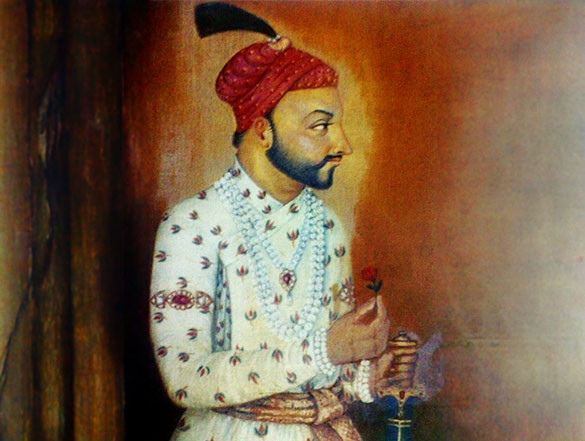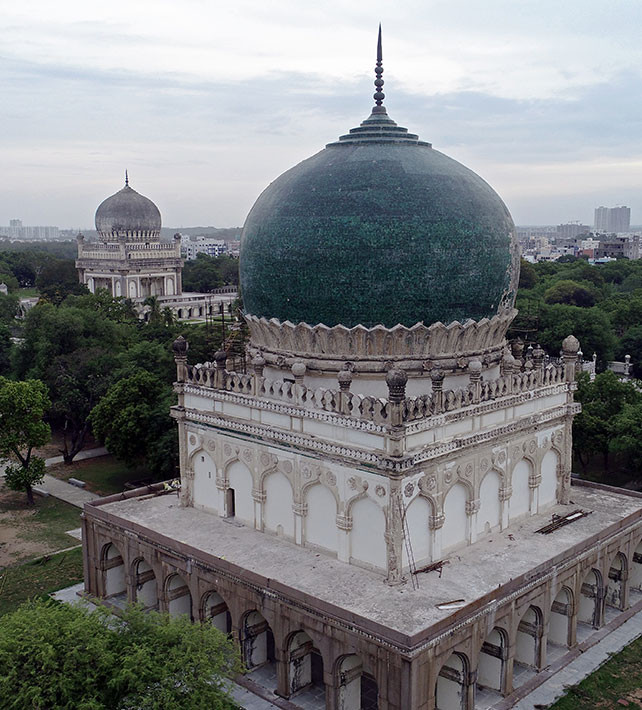- Fort Rd, Toli Chowki, Hyderabad, Telangana, 500008, India
- Visit

Sultan Muhammad Qutb Shah, the sixth ruler of the Qutb Shahi dynasty, left a lasting legacy despite his brief reign. Marrying his predecessor’s daughter, Hayat Bakshi Begum, he ushered in a period of peace and flourishing European trade dealing with diamonds, printed cloth, silk and porcelain in the region. His patronage of the arts is evident in the construction of several grand structures, including the Mecca Masjid and his own mausoleum.

Sultan Muhammad Qutb Shah’s mausoleum, a captivating sight within the Qutb Shahi Heritage Park, stands out for its grandeur.
At 45 meters tall, this tomb has an arched corridor abutting the main mausoleum, a feature that begins with this monument in the necropolis. It also includes a double dome. Recent conservation efforts have revealed its original magnificence, showcasing the extensive use of glazed tiles throughout the monument.
Several mausolea standing within the Qutb Shahi Heritage Park are said to have been adorned with glazed tiles, including the lofty mausoleum of Muhammad Quli Qutb Shah. Traces of tilework can still be seen on Ibrahim Quli Qutb Shah’s tomb and Abdullah Qutb Shah’s tomb; however, the original patterns cannot be discerned.
In removing the 20th-century cement layers from the walls and dome of Muhammad Qutb Shah’s mausoleum, a thrilling discovery was made – remnants of glazed tiles were exposed on the dome, minarets, columns and cornice – with original patterns easy to discern. These discoveries were documented in detail, providing a clear blueprint for restoration.Learning from the Humayun’s Tomb conservation, tilework has now been restored to the dome, ensuring that all original tiles were retained, even those that had lost their coloured glaze.
Over 3,600 man-days of work were dedicated to meticulously crafting and installing over 80,000 new green glazed tiles. Skilled craftsmen diligently worked to install glazed green tiles, replicating the monument’s original appearance. This meticulous process not only restored the dome’s lost grandeur but also provided invaluable insights into Qutb Shahi architectural practices.
The successful restoration of the dome's tilework is more than just an aesthetic achievement. It significantly enhances our understanding of Qutb Shahi architectural styles and decorative preferences. The tile restoration along with conservation of intricate lime stucco on the façade and interior helps us gain a deeper appreciation for the artistic sensibilities of this remarkable dynasty. These fragments, though weathered by time, hold immense historical value and offer a direct connection to the Qutb Shahi period.

Like the mausolea of other rulers, sultan muhammad qutb shah's tomb also stood inside a garden enclosure. Within this garden lie the tombs of muhammad qutb shah himself, his wife hayat baksh begum, revered courtesans taramati and premamati, along with several funerary mosques. As part of the landscape restoration, the earth around the mausoleum has been graded in reference to the surrounding ground levels. Adequate plinth protection was developed around the monument, and connecting pathways were laid to accentuate the enclosure. Additionally, saplings of various species have been planted on the west side to revive the area as an orchard. This holistic restoration not only beautifies the surroundings but also sustains the ecosystem envisioned by its builders centuries ago.